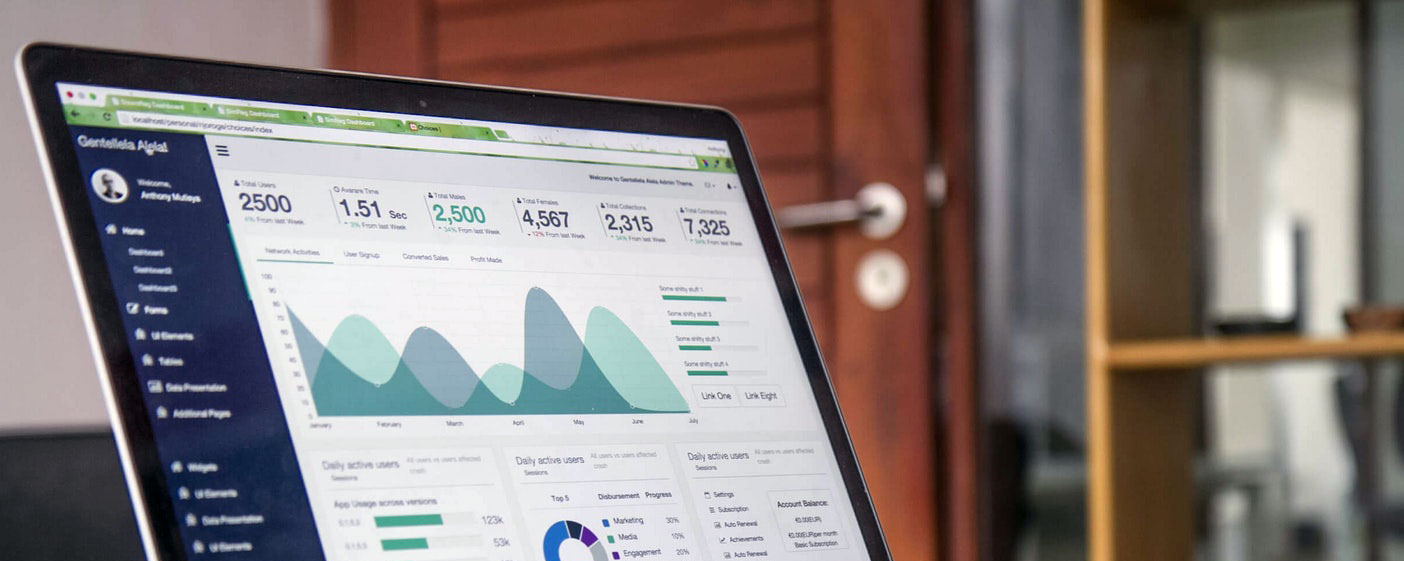Positive Dog Training & Behaviour Blog | Walkabout Canine Consulting
Unleashing your dogs potential, one concept at a time
Stalking Behaviour and Resource Guarding in Dogs

How does Stalking Behaviour in Dogs affects Resource Guarding
Stalking behaviour can potentially lead to resource guarding issues. When a dog is frequently allowed to stalk, it can develop an unhealthy fixation on certain objects, animals, or people. This intense focus and possessiveness could evolve into resource guarding, where the dog becomes overly protective and aggressive about their perceived possessions. Here’s how and why this can happen:
Stalking and Resource Guarding
Some Connection Between Stalking and Resource Guarding:
Intense Focus: Stalking behaviour involves a high level of focus and intent on a target. If this target is something the dog values highly, such as food, toys, or even a person, this can translate into a possessive attitude. When we watch a dog resource guard you will see the intense focus and stillness which is similar to stalking.
Possessiveness: Dogs that frequently engage in stalking may start to see the objects of their attention as resources that need to be protected. This can lead to guarding behaviours where the dog tries to control access to these resources.
Anxiety and Obsession: As stalking can be linked to anxiety and obsession, these underlying emotions can also contribute to resource guarding. An anxious dog might feel the need to guard their resources more fiercely as a way to control their environment and reduce their stress.
Potential Issues from Stalking Leading to Resource Guarding
Aggression: Resource guarding often manifests as aggression towards other animals or people who approach the guarded item. This can include growling, snapping, or even biting.
Increased Stress: Constantly feeling the need to guard resources can increase a dog's overall stress and anxiety levels. This can negatively impact their mental and physical health. This then keeps a cycle of these emotions and behaviours.
Behavioural Problems: Resource guarding can lead to a range of behavioural issues, making it difficult to manage the dog in everyday situations. It can make social interactions with other pets and people challenging and potentially dangerous.
Managing and Preventing Resource Guarding
Training and Desensitization: Implement training techniques that focus on desensitizing the dog to the presence of others around their valued resources. This can include exercises where the dog is rewarded for calm behaviour when someone approaches their food bowl or toys. Calm dogs do not resource guard.
Positive Reinforcement: Use positive reinforcement to reward the dog for sharing or relinquish and disengage. This helps create positive associations with giving up their resources rather than feeling the need to guard them. The more we work on reducing stress for the dog the more it can help with resource guarding.
Provide Structured Activities: Ensure the dog has plenty of structured activities and mental stimulation to redirect their focus away from guarding behaviours. Engaging toys, puzzle feeders, and regular playtime can help.
Manage Stalking Behaviour: Address and manage stalking behavior by redirecting the dog’s focus when they start to stalk. Using positive interrupters or teaching “leave it” or “come” can help interrupt this behaviour and prevent it from escalating into resource guarding.
Conclusion
While stalking is a natural behaviour, and can be seen in play, it is important to recognize and learn your dog, its about understanding the dog in front of you. It's crucial to manage it effectively to prevent this behaviour from developing into resource guarding. By understanding the potential connection between these behaviours and implementing appropriate training and management strategies, dog owners can help ensure their pets remain happy, healthy, and well-behaved. Proper intervention and positive reinforcement can make a significant difference in mitigating these issues.
Categories: : behaviour modification, dog body language, dog resource guarding reason, dog training
 Sylvia Koczerzuk Koczerzuk
Sylvia Koczerzuk Koczerzuk 
